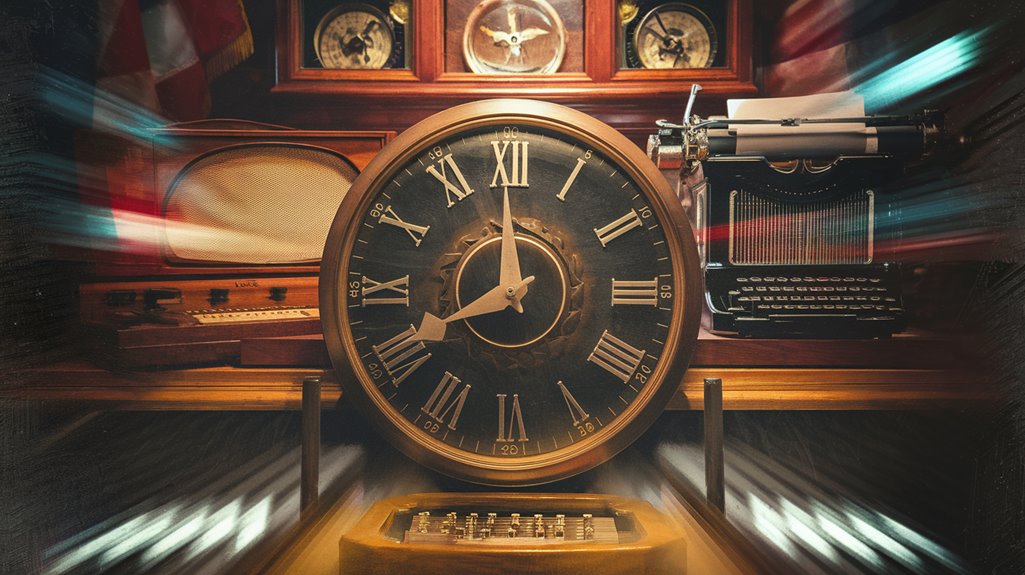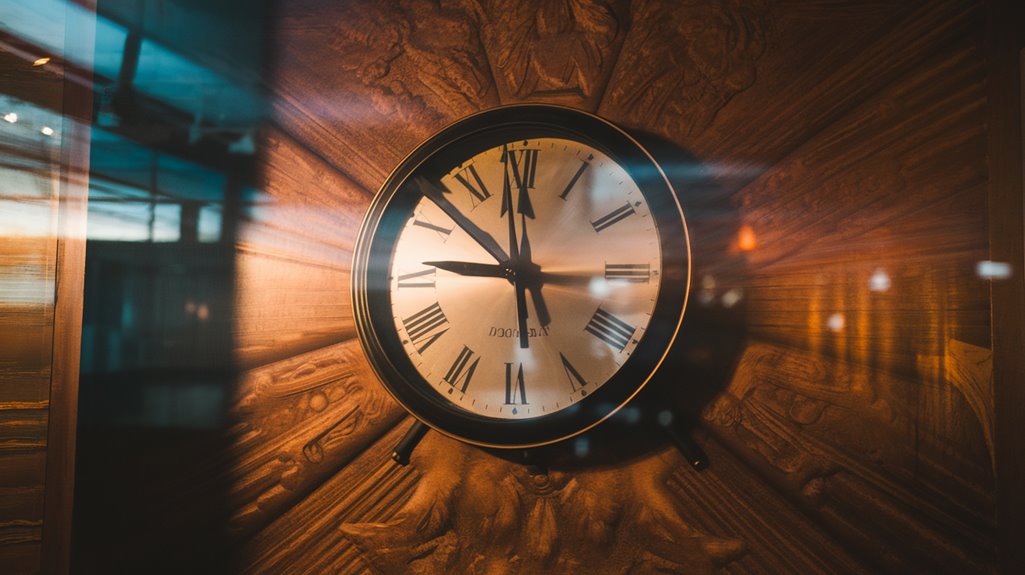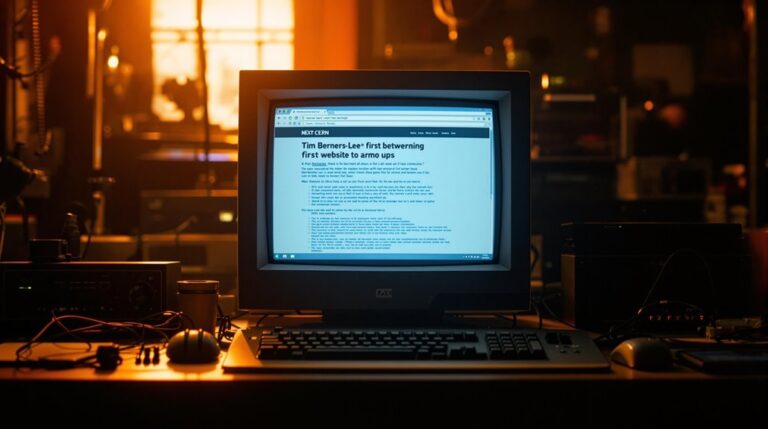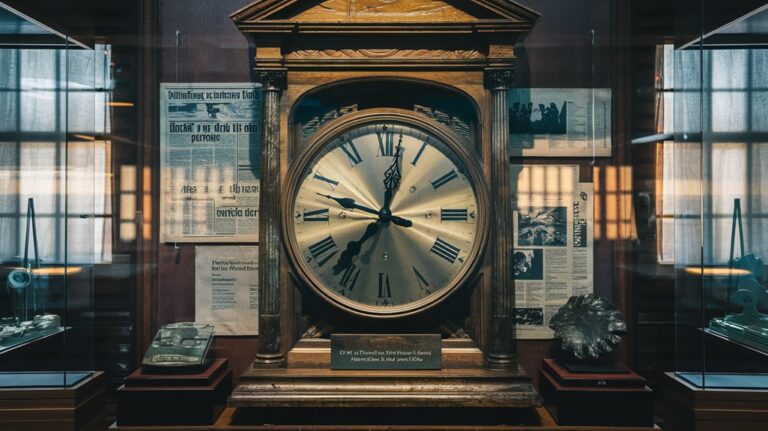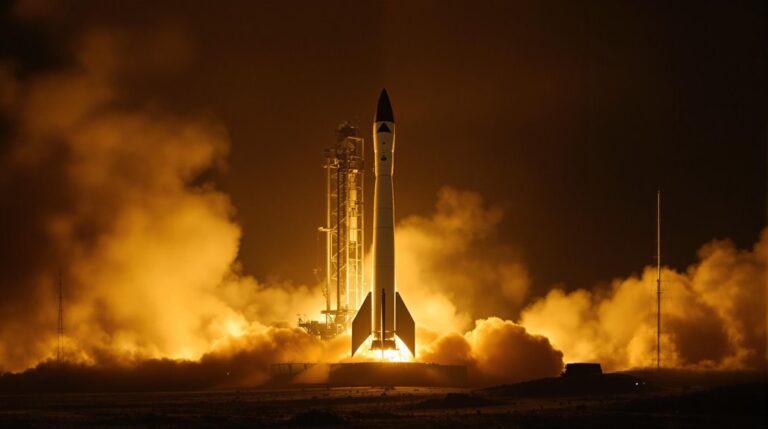The Doomsday Clock: Humanity’s Most Terrifying Countdown
You've probably heard about the Doomsday Clock, but you might not realize just how close we're standing to midnight. At 90 seconds away, we've never been nearer to what leading scientists consider humanity's darkest hour. Since 1947, this symbolic timepiece has served as humanity's wake-up call, tracking our dance with destruction through nuclear threats, climate chaos, and technological risks. What's brought us to this unprecedented point, and can we still turn back the hands?
The Birth of a Global Warning System

In the aftermath of World War II and the devastating atomic bombings of Japan, a group of concerned scientists, including J. Robert Oppenheimer and Albert Einstein, created a powerful symbol that would shake the world's consciousness.
You might recognize it today as the Doomsday Clock, first appearing in 1947 on the Bulletin of the Atomic Scientists' cover.
Artist Martyl Langsdorf designed this haunting timepiece, setting it at 7 minutes to midnight – a deliberate choice to represent humanity's precarious position.
Born from the Manhattan Project's legacy, the clock serves as your warning system for global catastrophe and technological threats.
Since its creation, the clock has been reset twenty-five times to reflect evolving global threats and geopolitical developments.
When you see its hands move closer to midnight, you're witnessing the Bulletin's assessment of humanity's proximity to destruction, based on expert analysis of nuclear risks and other existential dangers.
The clock's settings are determined by analyzing various factors including climate change and artificial intelligence, reflecting an expansion beyond its original nuclear focus.
From Nuclear Fears to Modern Threats
While nuclear weapons initially drove the Doomsday Clock's movements, today's threats have evolved into a complex web of global challenges.
You'll find that nuclear proliferation remains a critical concern, but it's now joined by other existential risks that could reshape humanity's future. The withdrawal of Russia from the New START treaty has intensified the nuclear risk landscape significantly.
Climate urgency has become a major factor in the clock's calculations since the 2000s, while emerging threats like artificial intelligence and information warfare have added new dimensions to global security concerns.
You're living in an era where biological threats, including pandemics, have demonstrated their potential to disrupt civilization. The absence of effective global governance continues to hinder our ability to address these unprecedented challenges.
The clock's current setting at 90 seconds to midnight reflects this unprecedented combination of dangers, showing how traditional nuclear fears have merged with modern challenges to create what might be humanity's most precarious moment.
Moving the Hands: How Time Changes
Since its creation in 1947, the Doomsday Clock has served as humanity's wake-up call through its dramatic time adjustments.
You'll notice how each movement of its hands reflects our changing time perception of global threats, from early nuclear fears to today's complex challenges.
The clock's societal impact is profound, with its most hopeful moment occurring in 1991 when it retreated to 17 minutes from midnight after the START treaty.
Yet you're now living in its most dangerous era, with the hands at 90 seconds to midnight since 2023.
The clock shifted dramatically in 1949 when the Soviet atomic test pushed it to just 4 minutes before midnight.
The Bulletin of the Atomic Scientists doesn't make these decisions lightly – their Science and Security Board carefully weighs nuclear risks, climate change, and biosafety threats.
Each adjustment tells you exactly how close humanity stands to potential catastrophe.
Created by Manhattan Project scientists and artist Martyl Langsdorf, the clock became a powerful symbol of our potential self-destruction.
Key Moments That Shaped the Clock
Throughout the Doomsday Clock's history, several pivotal moments have dramatically shifted humanity's proximity to catastrophe.
Created by atomic researchers, the clock first appeared in 1947 to raise awareness about nuclear dangers after World War II.
You'll find the Doomsday significance of 1949's Soviet atomic test pushed the clock to three minutes, while 1952's thermonuclear developments brought us even closer at two minutes to midnight.
Among the notable historical milestones, 1963 offered hope when the Partial Test Ban Treaty moved the clock back to 12 minutes.
The end of the Cold War in 1991 marked humanity's safest moment, with the clock set at 17 minutes to midnight.
Albert Einstein and other prominent scientists helped establish this influential timepiece as a warning system for humanity.
However, you're now living in the clock's most precarious era. Since 2020, we've inched closer than ever, with recent concerns about Ukraine, biosecurity, and climate change placing us at just 90 seconds to midnight.
Why 90 Seconds Matters Now
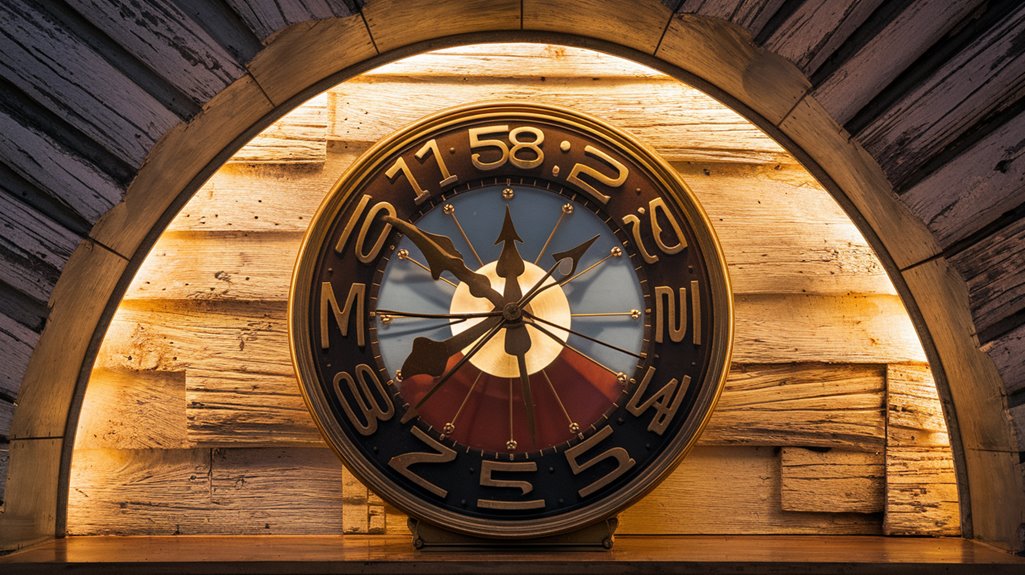
The unprecedented 90-second mark on the Doomsday Clock represents far more than just a symbolic gesture – it's a stark warning about humanity's current predicament.
 over 70,000 warheads in the mid-1980s, today's global nuclear arsenal has significantly decreased but remains devastating.
over 70,000 warheads in the mid-1980s, today's global nuclear arsenal has significantly decreased but remains devastating.
The Russia-Ukraine war has heightened nuclear dangers, while 2023's devastating climate disasters show you're already living with the consequences of environmental inaction. Global clean energy investments reached historic levels but remain insufficient to counter fossil fuel usage.
What makes this moment uniquely perilous is the intersection of these threats. Without proper technological governance, AI could amplify disinformation and complicate crisis management.
Your world stands at a critical juncture where immediate, coordinated action isn't just advisable – it's essential for survival.

